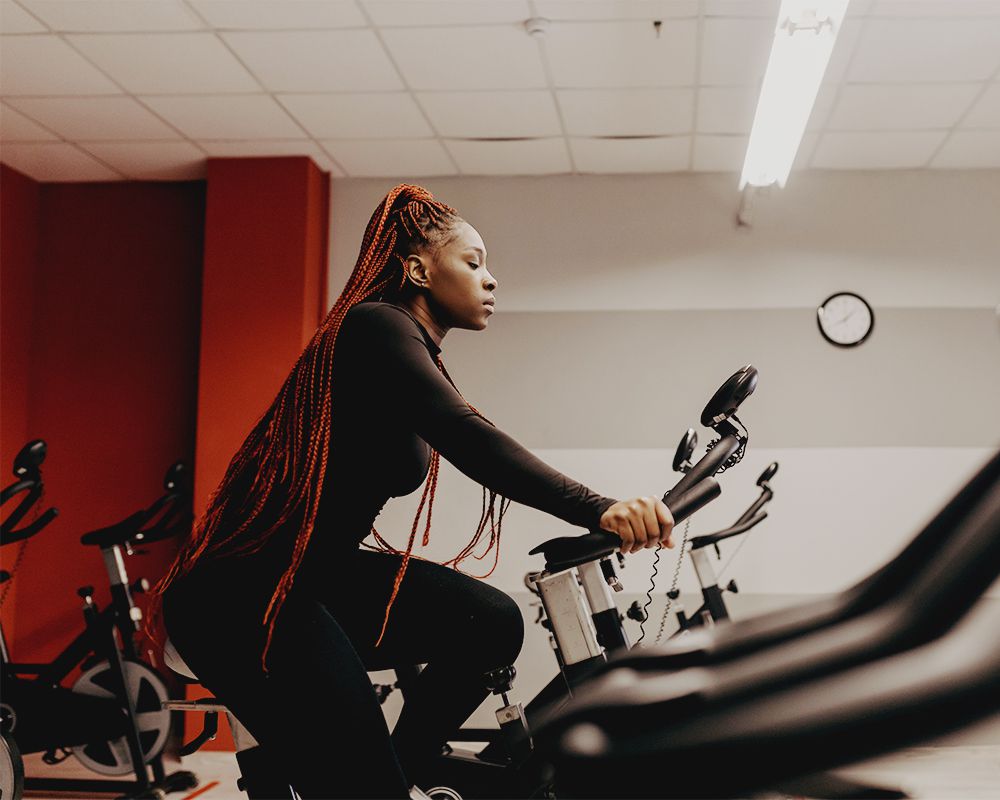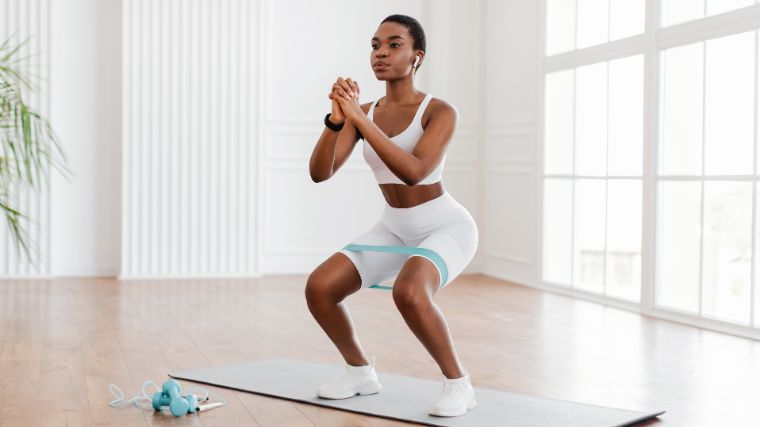Introduction
Cardiovascular exercise is a cornerstone of a healthy lifestyle, but for individuals with knee issues, the high-impact nature of traditional workouts can pose a challenge. In this guide, we’ll explore the realm of low-impact cardio, offering insights into the importance of these exercises and providing a roadmap for incorporating them into your routine. Whether you’re dealing with chronic knee problems or recovering from an injury, low-impact cardio can be a game-changer, allowing you to reap the benefits of exercise without worsening discomfort.
Understanding Knee Problems
Unravelling the complexity of knee issues is crucial before delving into exercise solutions. Common problems like arthritis, ligament issues, and meniscus tears can be aggravated by high-impact activities. Understanding how these conditions affect your knees is the first step toward making informed choices for your fitness routine. By opting for low-impact cardio, you can navigate exercise without exacerbating existing problems.
Benefits of Cardio for Knee Health
Engaging in cardio exercises, even with knee issues, offers a multitude of benefits. Beyond the obvious cardiovascular advantages, regular low-impact cardio can contribute to overall knee health. It promotes blood flow, strengthens supporting muscles, and aids in weight management, reducing the burden on your knees during daily activities.
Types of Low-Impact Cardio Exercises
Walking Wonders
Walking is a simple yet effective low-impact exercise. It engages the muscles without subjecting the joints to excessive stress. Consider incorporating brisk walks into your routine, gradually increasing intensity.
Fluidity in Water Workouts
Aquatic exercises provide a buoyant environment, significantly reducing impact. Whether it’s swimming or water aerobics, the fluidity of water minimises strain on the knees while offering a full-body workout.
Pedalling Pain Away

Stationary biking is an excellent option for low-impact cardio. It’s gentle on the knees and allows you to control the intensity, making it suitable for various fitness levels.
Crafting a Low-Impact Cardio Routine
The Art of Warm-ups
Before engaging in any exercise, warming up is crucial. Focus on joint-specific warm-ups, gently preparing your knees for the upcoming workout. Dynamic stretches and light movements are effective in promoting flexibility.
Balancing Act
Incorporate balance exercises into your routine. These not only strengthen the muscles surrounding the knees but also enhance stability. Simple exercises like standing on one leg or using a stability ball can make a significant difference.
Incorporating Strength Training
Strength training complements low-impact cardio by enhancing overall fitness. Targeting muscle groups around the knees, such as quadriceps and hamstrings, can provide additional support.
Overcoming Challenges and Listening to Your Body
Recognizing Limitations
Acknowledging your limitations is a sign of wisdom, not weakness. Modify exercises based on your comfort level, gradually progressing as your strength and endurance improve.
Listening to Signals
Your body communicates its needs. Pay attention to any discomfort, and be prepared to adjust your workout accordingly. Pushing through pain can exacerbate existing issues.
Tips for Safe Low-Impact Cardio
Choosing the Right Footwear

Investing in proper footwear is crucial. Shoes with good arch support and cushioning can significantly reduce the impact on your knees, providing a foundation for a safer workout.
Proper Form Matters
Maintaining correct form during exercises is paramount. Whether walking, cycling, or engaging in other activities, proper alignment minimizes stress on the joints and maximizes the effectiveness of the workout.
Gradual Progression

Rome wasn’t built in a day, and neither should your fitness routine. Gradually increase the intensity and duration of your workouts, allowing your body to adapt without overexertion.
Real-Life Success Stories
Inspiring Journeys
Meet individuals who have successfully incorporated low-impact cardio into their routines. From overcoming knee injuries to managing chronic conditions, their stories serve as inspiration for anyone navigating similar challenges.
Expert Advice and Resources
Consulting Professionals: Before embarking on any new exercise regimen, consulting with healthcare professionals or fitness experts is crucial. They can provide personalized guidance based on your specific knee issues and overall health.
Online Resources and Apps: Explore reputable online resources and fitness apps that offer guidance on low-impact exercises. From video tutorials to workout plans, these resources can be valuable companions on your fitness journey.
Rethinking Conclusion: A Path to Sustainable Fitness
In conclusion, integrating low-impact cardio into your routine offers a sustainable path to fitness, especially for those with knee concerns. By understanding your body, choosing the right exercises, and seeking professional advice when needed, you can foster a healthier, more active lifestyle without compromising your joint health.
Frequently Asked Questions (FAQ)
Q1: Can I do high-intensity workouts with knee problems?
A1: High-intensity workouts can exacerbate knee issues. It’s advisable to focus on low-impact exercises that prioritize joint health.
Q2: How often should I engage in low-impact cardio?
A2: Aim for at least 150 minutes of moderate-intensity or 75 minutes of vigorous-intensity low-impact cardio per week, as recommended by health authorities.
Q3: Are there specific warm-up exercises for knees?
A3: Yes, dynamic stretches, leg swings, and gentle knee circles are effective joint-specific warm-ups before low-impact cardio.
Q4: Can strength training really help with knee issues?
A4: Yes, strengthening the muscles around the knees provides additional support and can alleviate knee pain. Include exercises like leg presses and squats in your routine.
Q5: How can I tell if an exercise is aggravating my knee problems?
A5: If you experience sharp pain, swelling, or increased discomfort during or after an exercise, it’s a sign that the activity may be aggravating your knee problems. Adjust or avoid such exercises.




